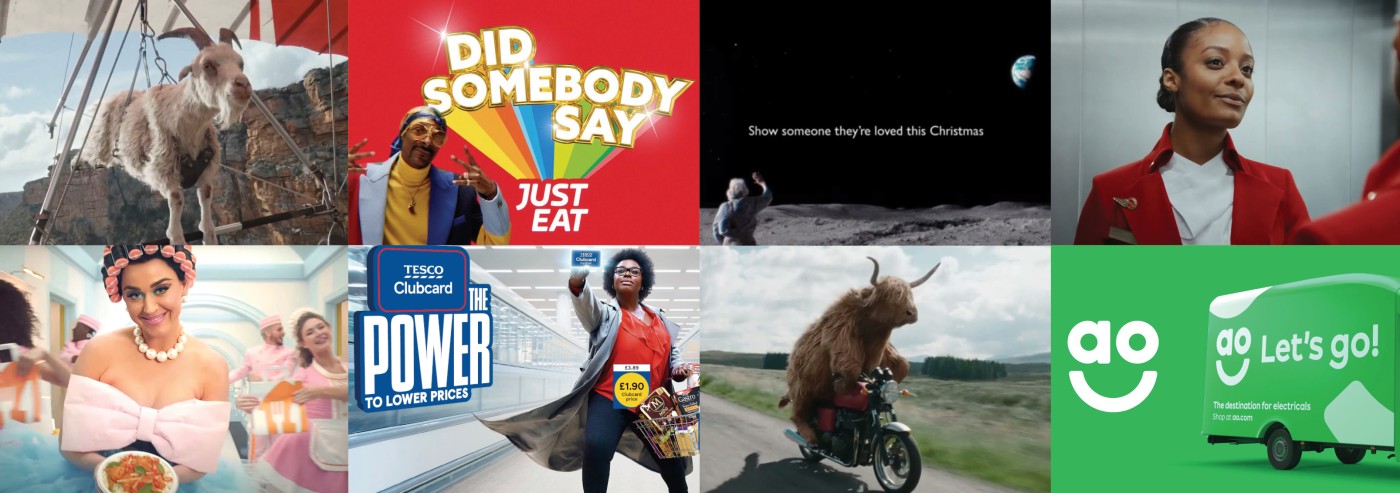
Make sure your website content is relevant, showcases your businesses expertise and is easy to read with our guidance.
Generating high quality website traffic and being able to convert that traffic into customers is key for generating growth from your website and ensuring your website content is relevant, showcases your businesses expertise and is easy to read should be your top priority.
If your customers use the internet (trust me, they do!) then your business’ website is one of your most important assets. However, creating brand new content can be time consuming. If you already have a host of content on your website then repurposing old content can be much more time efficient and reap many benefits for your website.
Below, I’m going to discuss the benefits of improving rather than creating website content, as well as some approaches you can take. If you don't have the time, get in touch with us to see how our team can help.
Choosing content to repurpose
Old blogs and articles first. Take a look at some of the oldest content on your site. Are they still relevant? Is it all factually correct? It’s likely that your knowledge has expanded, your style and opinions evolved and the facts changed. Blogs that are altogether out of date may need a revamp.
Articles with low traffic. If your content isn’t receiving a lot of traffic, it might be that its not good enough quality, isn’t useful or isn’t optimised well enough for what your customers are looking for.
Services pages that aren’t descriptive. It’s likely that you’ll have website content that describes what you do and what you offer your customers. If this content is lacklustre, it should go straight to the top of your improvement list.
Now you’ve identified the content to work on, let’s look at the ways you can improve it!
How can I improve my website content?
1. Proof, proof, and proofread again.
Any typos, spelling and grammatical mistakes, and sentences that simply make no sense are a sure-fire way to get people to leave your website. They also totally undermine your authority and trustworthiness. You might want to install an extension such as Grammarly on your browser or write your blogs in Microsoft Word first so a decent spell checker has the chance to flag anything obvious.
However, this is simply not enough. These tools will not always pick up errors like using a word twice in a row or using an ‘it’ instead of an ‘in’ or ‘you’ instead of ‘your’.
Get someone else to read your content. Fresh eyes nearly always pick up errors or things that might make sense to you, but not to anyone else. If there is a glaring typo in the first few lines of a key blog or page, you are sabotaging your success.
2. Break up the text more
There are dozens of ways to break up your text. You could have a masterpiece of a blog but if it’s a big block of text, users won’t take the time to wade through it. Use titles, subheadings, images, graphs and tables, lists and short paragraphs to break up the text.
Many users will stumble upon your content after a Google search or scrolling social media – ease them into longer form content with smaller sections.
3. Add more copy (but only if its relevant!)
Now, this isn’t to say longer content is better content – if a piece of content satisfies the user’s needs, and they get what they want from the content, then it’s a success in my opinion.
However, if you’ve already decided that the content isn’t suitable for purpose and needs to be improved, an easy way to add more quality and value is through additional copy.
In the same way that a journalist looks for more angles and details for their story, you need to explore your topic in sufficient depth.
4. Combine similar content
If your website has multiple similar pieces of content that are short, thin or just generally need some TLC it might be a good idea to merge and combine that content into a more robust article. This tactic can reduce the amount of duplicate content on the site and give your new blog much more ranking potential. Ensure any old or deleted content URLs are 301 redirected to the new one.
5. Improve imagery
Amateur imagery is something else that could undermine an otherwise solid blog. There’s no excuse for having poor images with the wealth of professional-standard images on sites like Unsplash. Set yourself up a Canva account if you want to make content more personalised and keep everything on brand.
Sub out low-quality, irrelevant pics for high-res engaging ones.
6. Update your page title and meta description
One of the reasons you might be failing to attract the right traffic could be down to these two key elements. A good title and description will help your content get click-throughs from search engines. It also signposts users as to what they’re going to read. From a user experience (and, therefore, SEO) perspective, ensure the title and description match the content of the blog itself.
If users are being jarred because the blog doesn’t deliver what the title promised or simply what they expected, they won’t spend long reading your content. If this is the case, you are attracting the wrong type of clicks – so fix it.
7. Update content with topical issues
Both search engines and humans value fresh, relevant content more highly than old, stale content. Adding a new section about something relevant that has happened recently is a perfect way of doing this. If you have content about a certain sport or athlete, update it with a paragraph about the latest competition or performance. It’s not just the blog’s date that people consider when deciding if a post is relevant. If they see it discusses something that has happened just a few weeks prior, the piece is clearly kept up to date and is relevant.
8. Add links (or refresh them!)
Firstly, check that all the links on the page are live. Broken links (those that direct users to a 404 or non-existent site) hammer user experience and search engine performance. Having an SEO specialist on board will mean they can monitor broken links and fix any as they occur.
If the content you’re updating is old, some of the web pages you’ve linked to might be outdated and there might be much better content to recommend to your users. Similarly, you may have internal links pointing to pages you’ve neglected or that are not as relevant as other pages you’ve since created. Both internal and external links are key for usability and SEO. Ensure your content has several outbound and internal links where appropriate.
Internal links support the flow of authority throughout your website, so I suggest that all pieces of website content include a link to a relevant service or product page.
9. Add more related areas of content
Branching out into closely related topics is a simple and effective way to add value to your blogs. Remember that we do not want to arbitrarily add copy to a blog without adding value. However, in a post about, say, how to optimise your LinkedIn profile, it would make sense to have a paragraph on LinkedIn Premium and what that offers to its users. Think about a natural branch for your content; something that users are genuinely likely to want to know about.
10. Revisit your site’s typeface
This is something that very few people spend time on. However, if you’ve ever visited a website with copy that is difficult to read, you’ll know how irritating it is. Having copy that is too small, too close in colour to the background, or has insufficient line-spacing can totally undermine great content.
This is another feature of your site that you should get feedback on – it’s very easy to be blind to your site’s layout and styling so get some outsiders’ opinions. It is also worth checking out how your site renders on mobile and tablet devices as well as different web browsers.
11. Edit your content
One of the most noticeable differences between a professional writer’s content and an amateur’s content is the editing. Remember that even the world’s greatest writers have editors so do not underestimate the importance of editing, nor how challenging it can be.
Never use two words when one will do.
~ Thomas Jefferson
Editing your blogs involves being succinct with your words, sentences, and paragraphs. If a word or line does not add value to your audience, consider removing it. Your goal with each line should be to provide information, instruction or entertainment. If it doesn’t achieve anything, lose it.
12. Ensure there are visible calls to action
Depending on what the purpose of your blogs and website, as a whole, are, you should have calls to action in place to ensure they are effective. As an e-commerce business, you should make sure users are aware there are products for sale. As a B2B business, make sure there is a contact form in the sidebar or footer so users can always see a phone number or “contact us” option.
If your aim is to simply generate more hits because you generate revenue through AdSense or affiliate marketing, ensure users can easily share the piece to social media.
13. Conclude swiftly
Rounding off a blog post is a worthwhile endeavour. A strong conclusion can leave a reader satisfied that they’ve spent their time wisely and make them likely to read your other content. It’s also a perfect place to add a call action or link to a related blog they’ll enjoy.
However, don’t fall into the trap of summarising all the points you’ve made in the body – you’ll be repeating yourself. Readers often switch off once they see “in summary” or a “conclusion” sub-heading. Try “The bottom line” instead in order to signpost that you’re signing off with a succinct snippet of wisdom.
Get content support from Logic+Magic
If you have a website that features a host of content but you don’t feel like you’re getting the benefit, get in touch with us to see how we can help. Our SEO and Content team has a wealth of experience in re-working existing content to make it work harder for your business.


